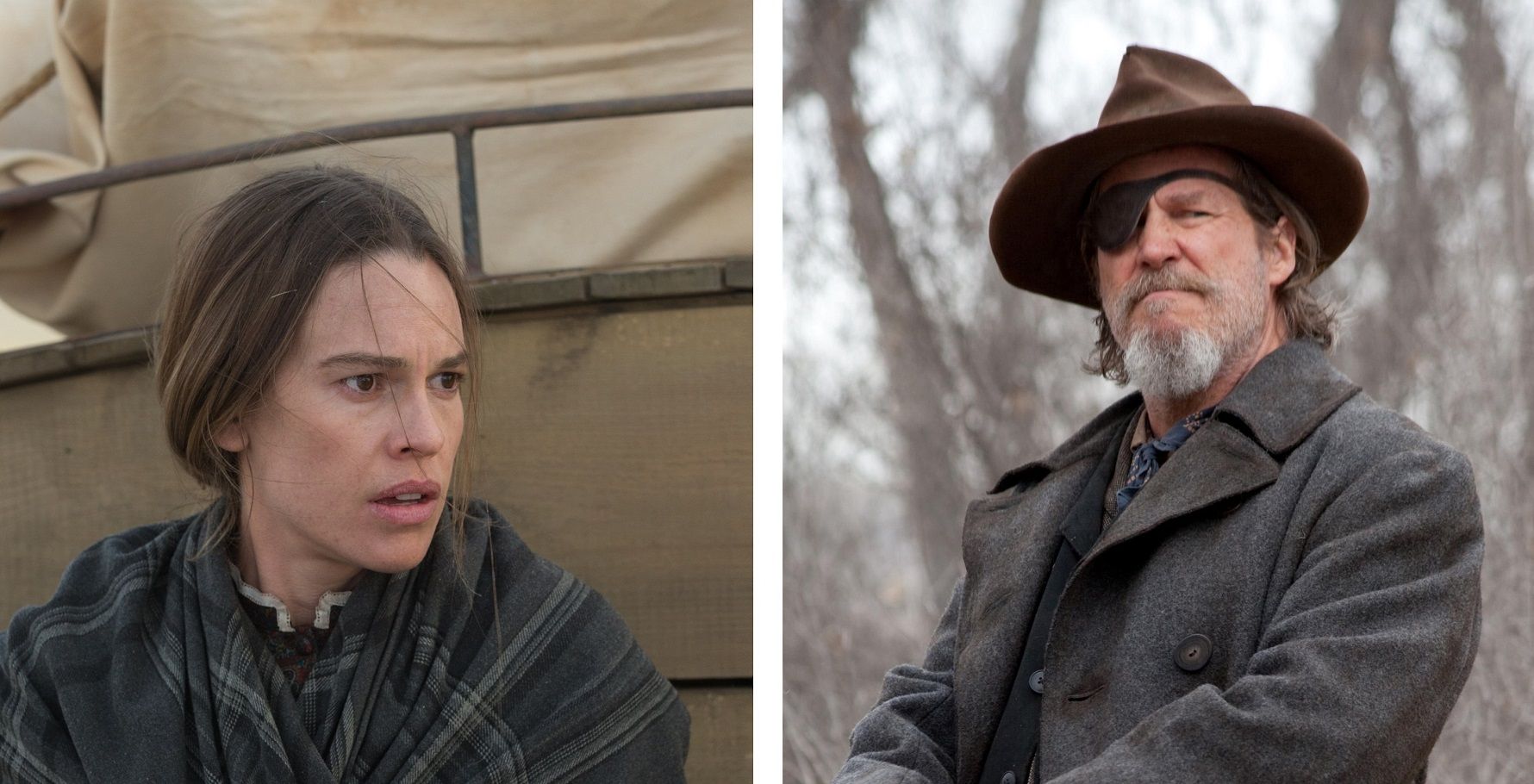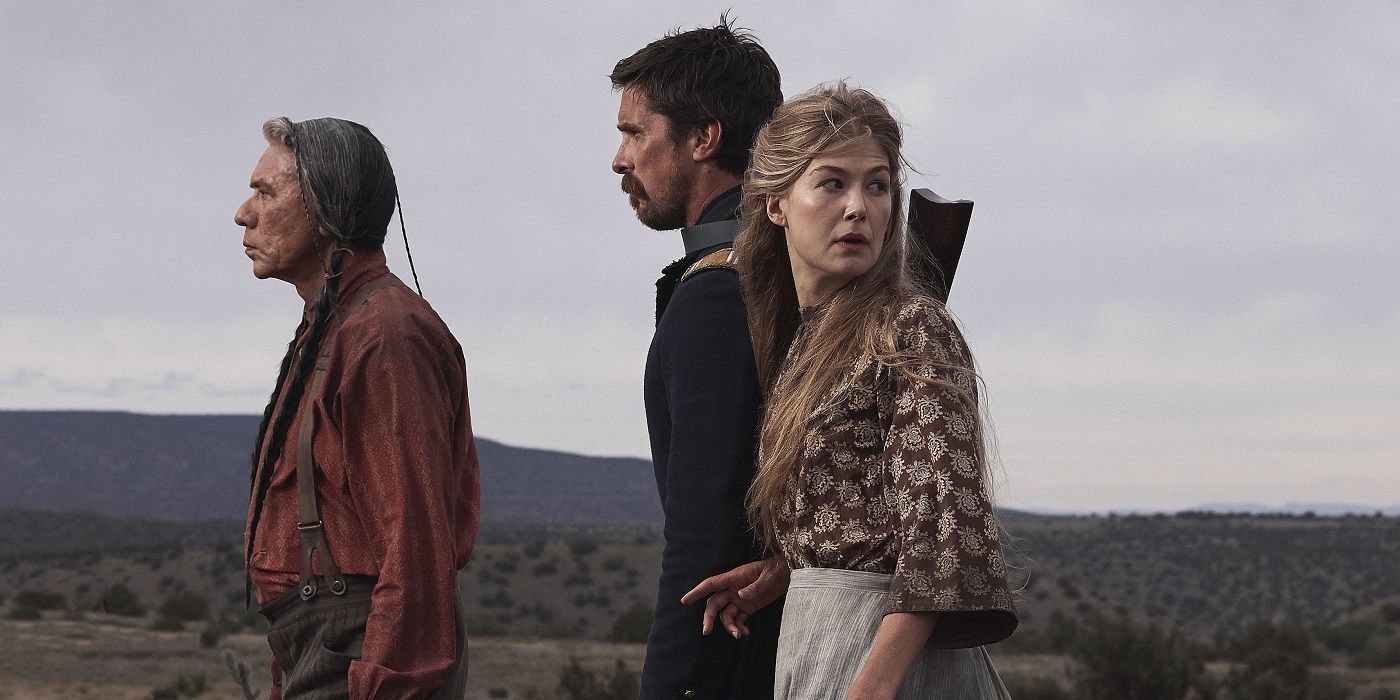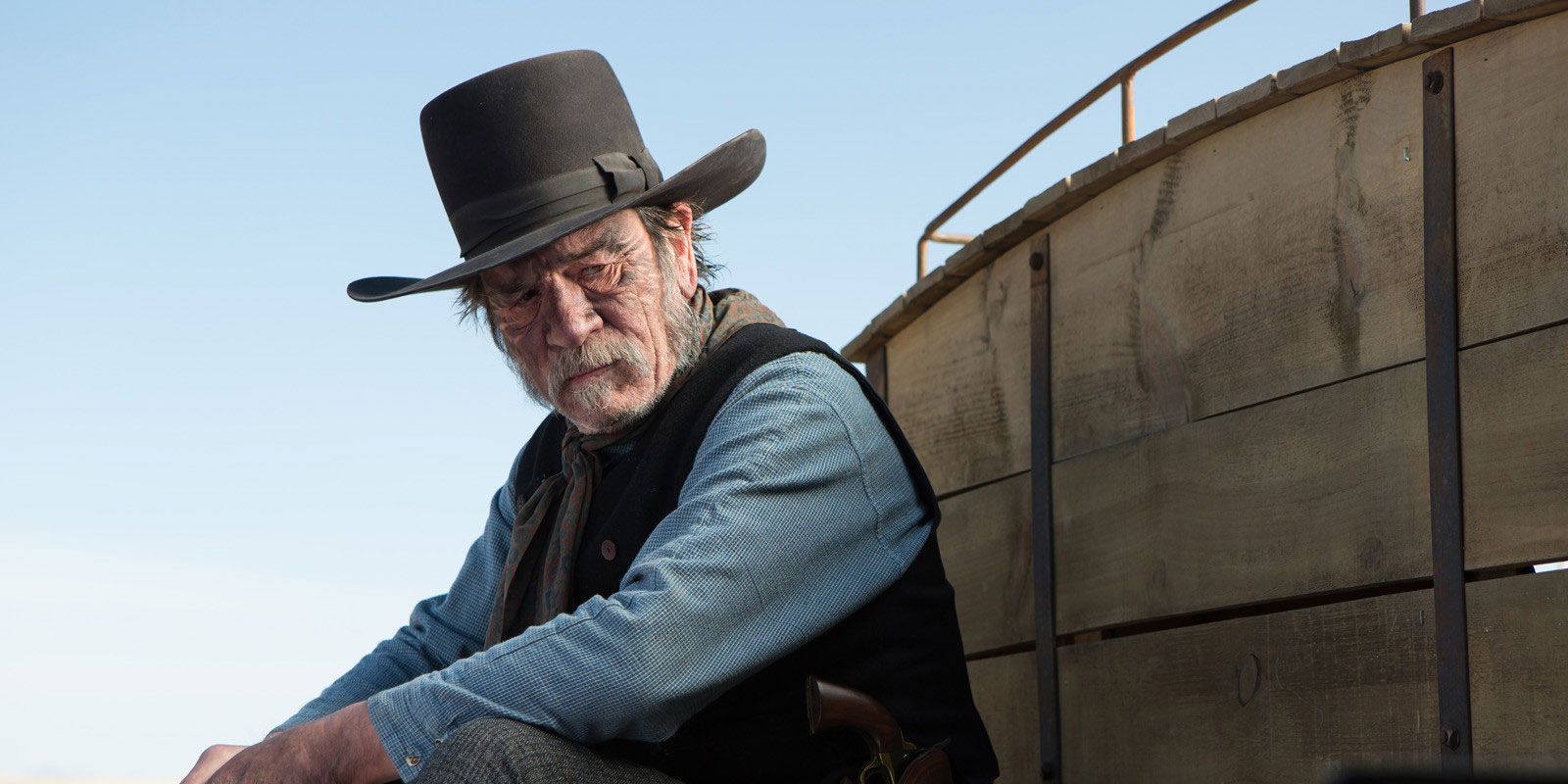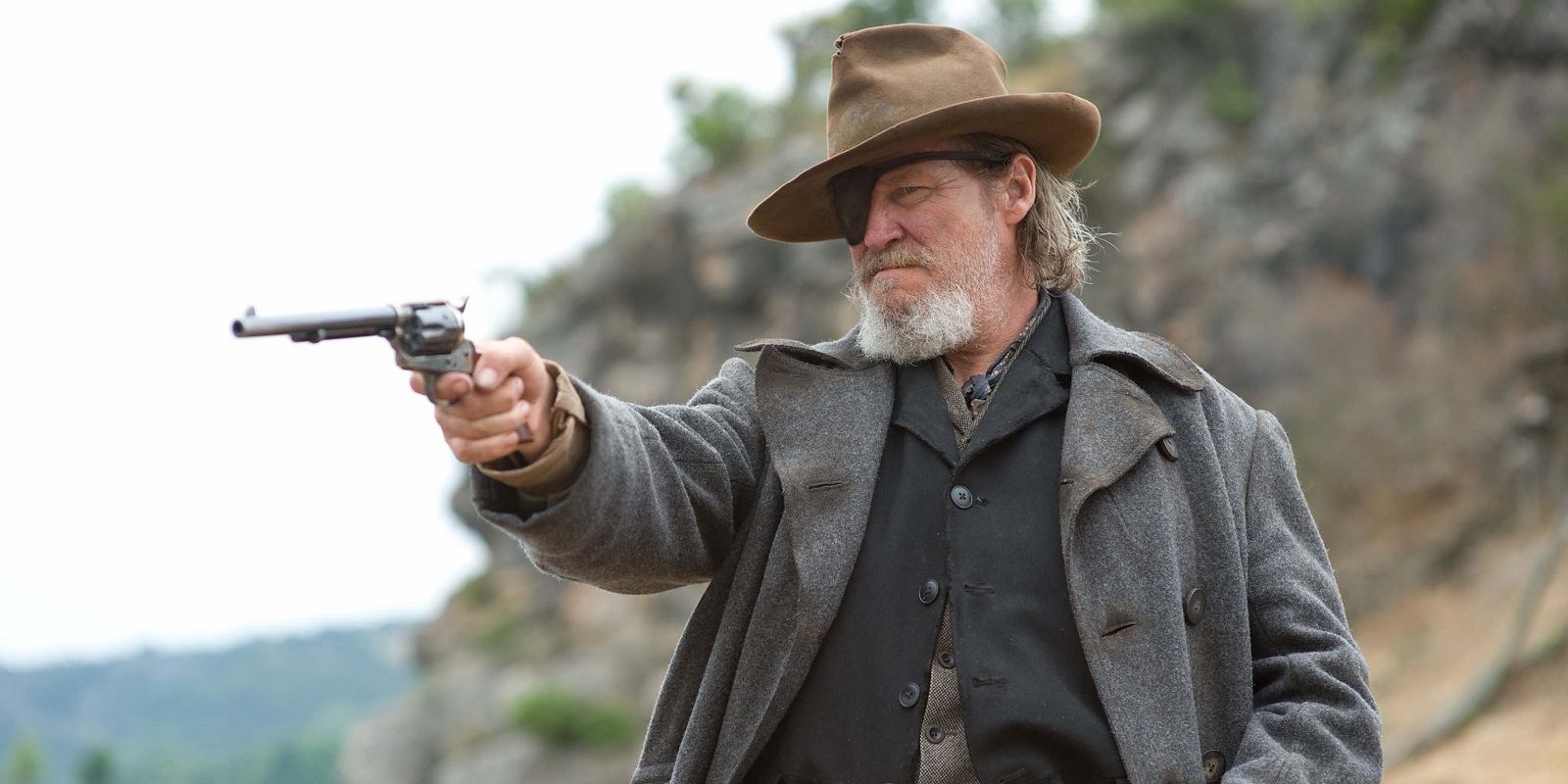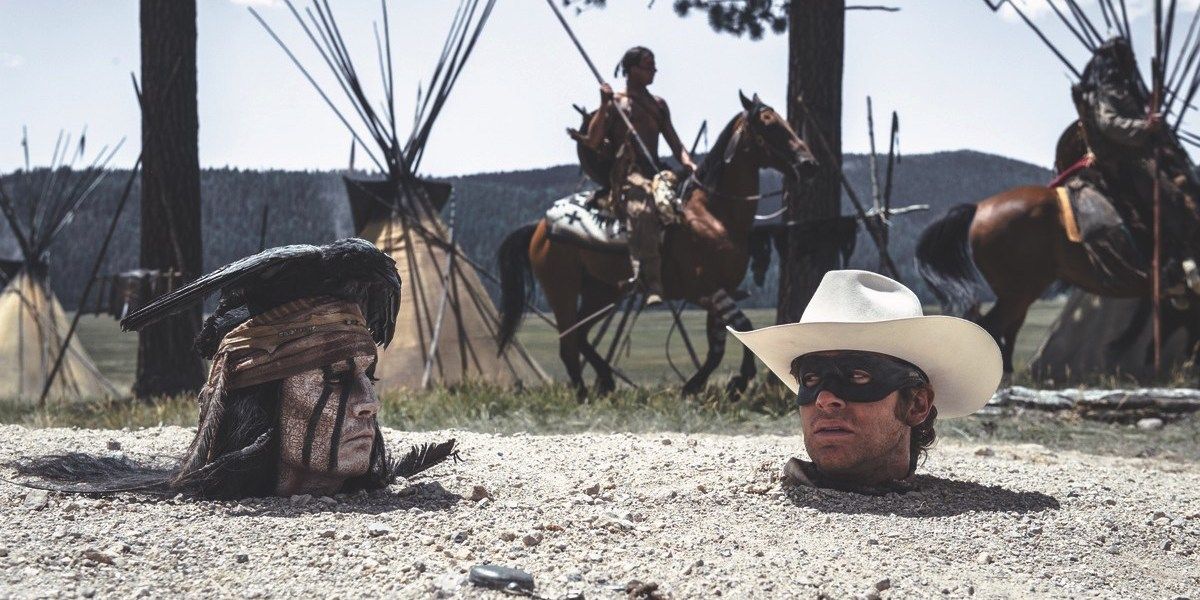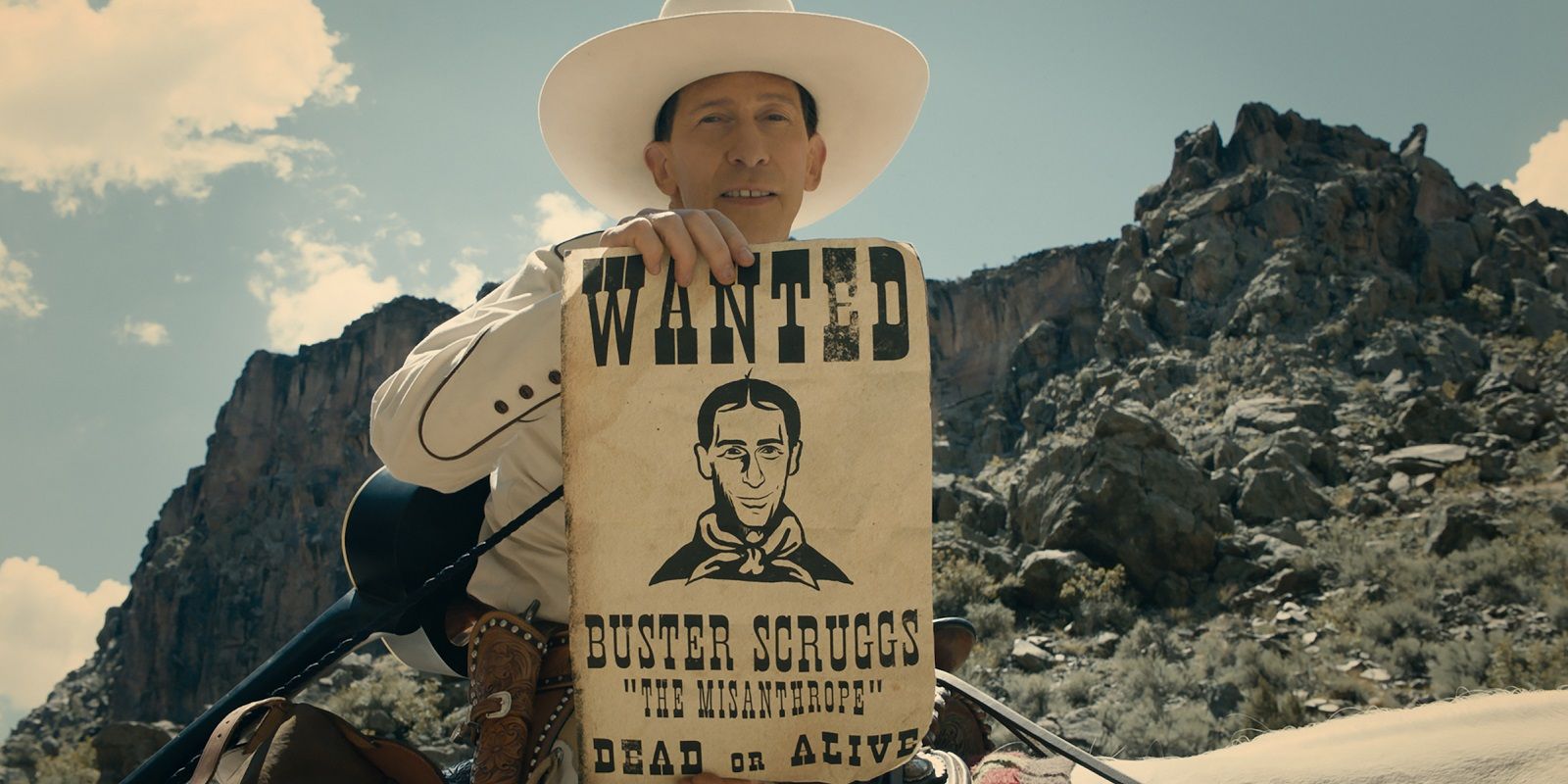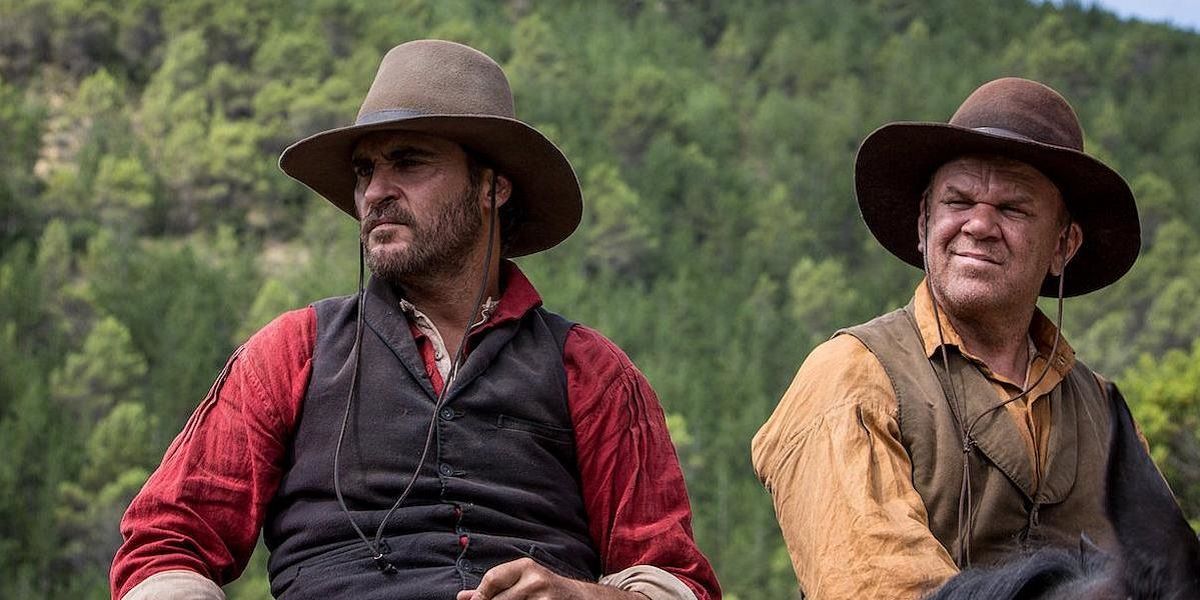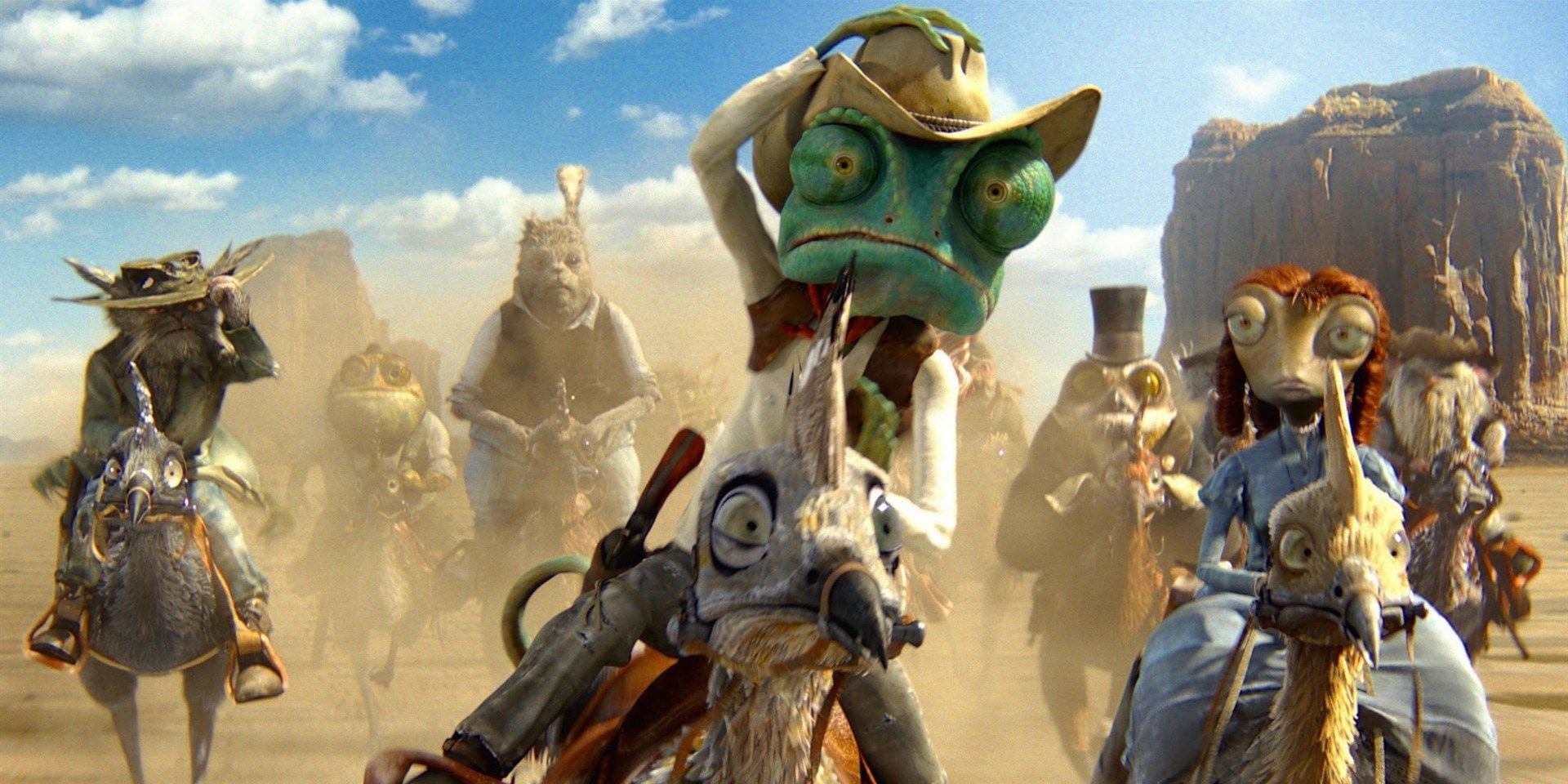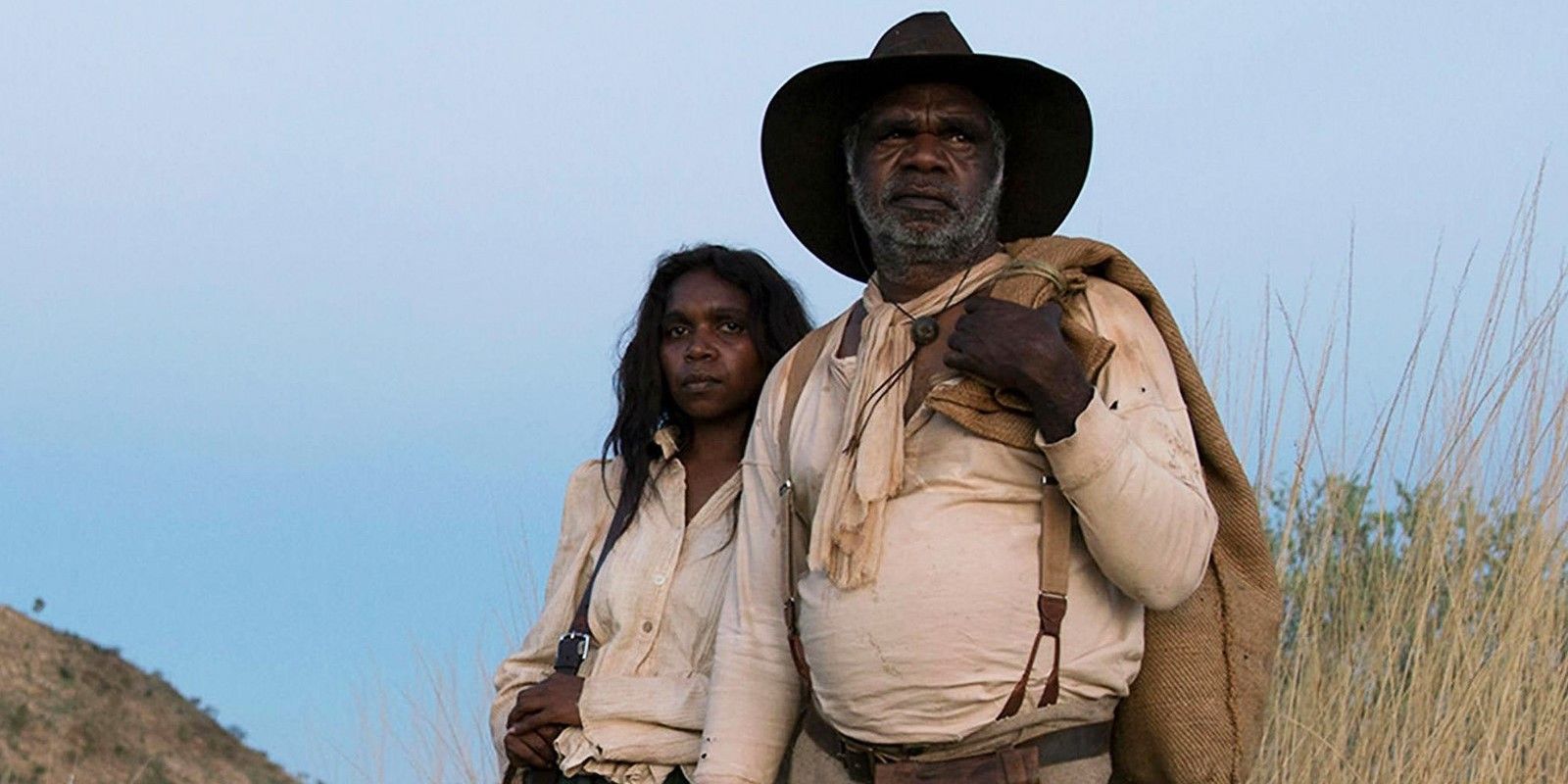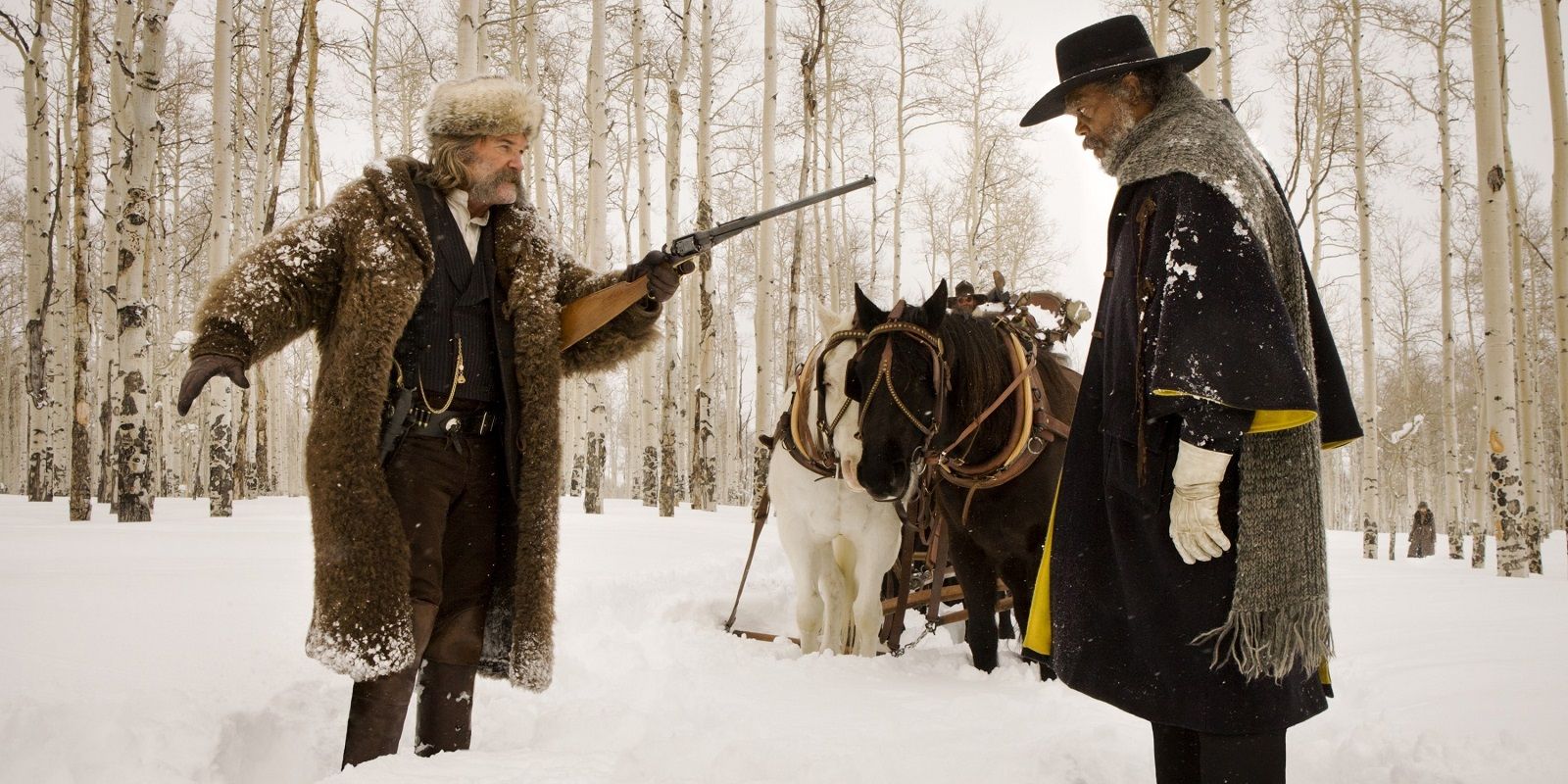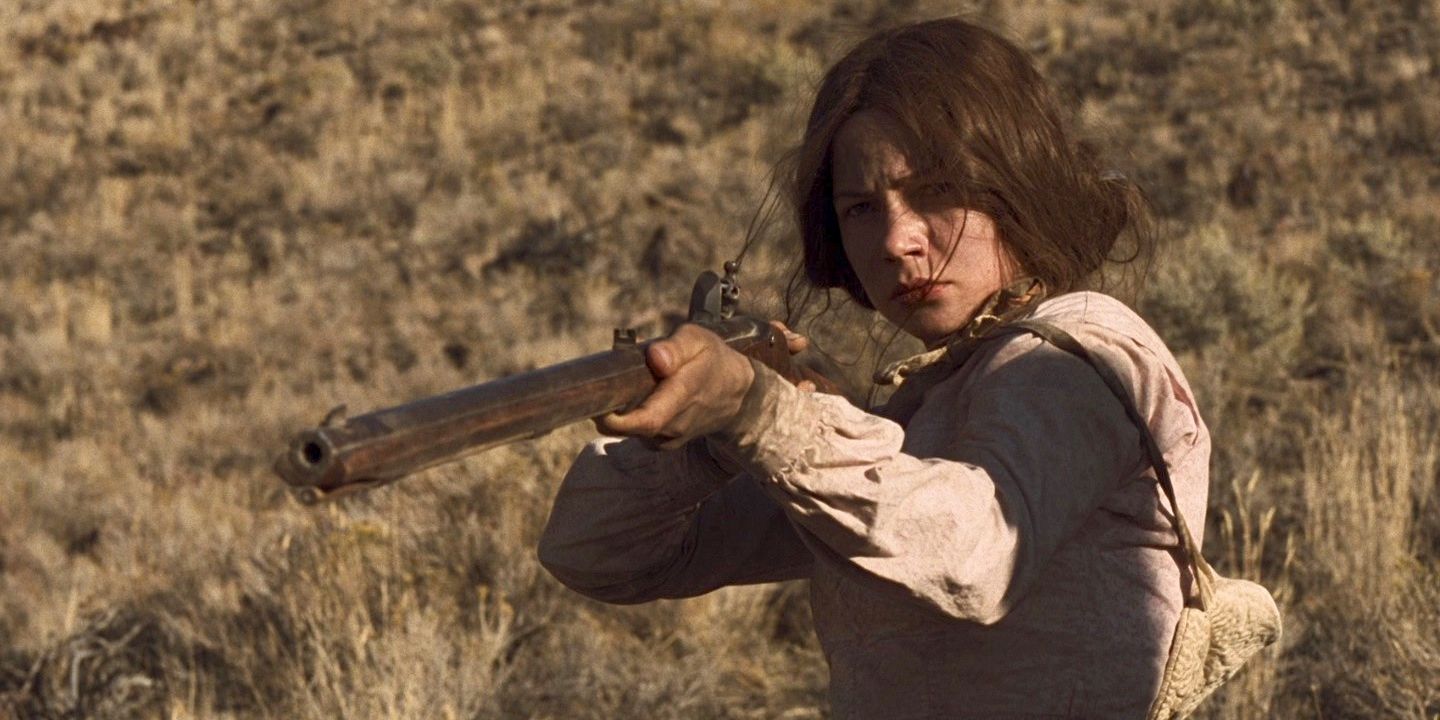Some people call Westerns a dead genre, or one that has its best days behind it at the very least. Nothing could be further from the truth, though. A variety of film-makers from across the world still explore the traditions and emotions of the genre to this day.
The genre has lived on not just because of its classic status, but also because of its versatility. It can be revised and combined (to great effect) with a number of other distinct genres to form something new. Here are our picks for ten of the best Westerns released in the 2010s.
Hostiles (2017)
Scott Cooper’s sprawling, brooding, epic takes place during the winding down of the American Indian Wars at the turn of the 20th century. The story follows Christian Bale’s career soldier who – finding himself haunted by losses in a time of victory – must escort a once-sworn enemy back to their tribal homelands before they die.
Packed with some gorgeous landscapes, complex performances and a dream team of Native actors working today, Hostiles is not without its faults and things end up fitting a little too easily into a conventionally-shaped box by the end. But it remains a fairly unique Western in the sense that it neither sugar-coats the conflicts between the American military and Native peoples nor over-romanticizes them.
The Homesman (2014)
Tommy Lee Jones’ second movie as director pulls zero punches in its bleak portrayal of the American frontier, particularly regarding its treatment of women. Some people have called it a Feminist Western, and it’s an apt title to give the movie, but it’s not triumphant in any way. Far from it. Jones’ depiction of those often-oversimplified times does not show the West as a place that people lived in, rather a place that people survived. Or, in most cases, didn’t.
The story primarily follows Hilary Swank’s character, who employs Jones’ gruff ne’er-do-well as she attempts to transport three women – who have been completely psychologically broken by their experiences on the frontier – across the Nebraska territory to a facility in Iowa. Rodrigo Prieto’s stunning cinematography gives it some beauty, but it’s a cold journey that tells it like it was – and still is, to some extent.
True Grit (2010)
The name “True Grit” has a level of infamy in the Western genre, far beyond Charles Portis’ original novel. The first movie adaptation of that novel resulted in the only Oscar win of the legendary John Wayne. To try and top that legacy in any way would be a fool’s errand for a normal actor. But Jeff Bridges is no normal actor and certainly not when he’s with the Coen brothers.
Bridges was nominated for Best Actor that year at the Oscars – one of True Grit’s ten nominations – and probably would have won had he not taken the award literally one year beforehand for Crazy Heart. But the subtle masterstroke of the movie was in the way that everything clears a path for the then-unknown Hailee Steinfeld to steal the show, receiving her first Oscar nomination at the age of fifteen.
The Lone Ranger (2013)
The first of two weird, wild and wonderful Westerns from director Gore Verbinski on this list. It’s mostly remembered as one of Disney’s final major flops before investing the majority of their time into more sure-fire franchise opportunities like remakes, Star Wars, and Marvel. It had the ingredients for success, but the typically-huge buzz surrounding it – it was the first re-teaming of Verbinski, Johnny Depp, and Disney after the earth-shattering success of the Pirates of the Caribbean trilogy – ended up hurting it more than anything else.
Some of the bad press surrounded the muddled journey of the screenplay but it was mostly centered on Depp’s casting as a Native American character (Depp has maintained that he has unrecorded Native American ancestry and was honorarily adopted into a Comanche Nation family). The lack of Native actors in the industry is an indelible black spot. Period. But at the heart of the movie itself lies a message about the brutalizing of Native Americans, and it delivers that message with a frankness that’s unheard of in both Disney movies and kids movies in general.
The Ballad of Buster Scruggs (2018)
The Coen brothers’ anthology of the Old West is made up of six distinct segments but it almost feels like a hundred movies in one. It’s funny, melancholic, ugly, beautiful, serene, maniacal, slow and over all too fast. The Ballad of Buster Scruggs is precisely the kind of movie that could not exist in today’s climate without platforms like Netflix to distribute it.
If it had been picked up for a conventional release in theaters – and there's no guarantee that it would have been – then it almost certainly would have been savaged by audiences who are only interested in linear action movies with happy endings. But in the online world, it’s a gem to be unearthed at your own leisure and it’s definitely one that’s worth the digging.
The Sisters Brothers (2018)
The first English-language movie of acclaimed French director Jacques Audiard, The Sisters Brothers is every bit as gorgeous as it is unpleasant. The titular brothers are played by Joaquin Phoenix and John C. Reilly, who both effortlessly switch back and forth between the extreme violence and almost slapstick comedy within the movie. But it’s actually Riz Ahmed’s and Jake Gyllenhaal's characters who provide the biggest emotional center.
Based on Patrick deWitt’s novel, the story follows brothers Eli and Charlie Sisters as they pursue Ahmed’s prospector – piling up bodies along the way. Very often, Westerns are mainly concerned with the changing of the times. People outliving their own eras. The Sisters Brothers, on the other hand, is really more about futility. Seeing a better life, or a better time, on the horizon but being held back by the inherent nature of human beings.
Rango (2011)
In the gold rush of high-budget animated features that was going on in the 2010s – when companies like Dreamworks were making serious inroads into stealing Pixar’s crown – there emerged an unlikely contender. It was backed by a host of studios with relatively little stake in the animated movie game and it became one of the relatively-few movies not associated with Disney, Pixar or Dreamworks to ever take home the Best Animated Feature Oscar.
Surreal, super-detailed and uniquely funny, Gore Verbinski’s Rango is a one of a kind in so many ways. It follows the exploits of the eponymous Rango – who is, effectively, a walking gag as a chameleon who can’t blend into his surroundings – and journeys, physically and spiritually, throughout the American West. The movie draws influence from sources as far and wide as Film Noir, Spaghetti Westerns, Hunter S. Thompson, and the Coen brothers.
Sweet Country (2017)
Set in the Australian outback, Warwick Thornton’s 1920s drama follows an Aboriginal man forced to the point of murder in self-defense. If it wasn’t for Thornton’s cinematography, you would be able to question its status as a Western. But the colors and the framing will evoke nothing but memories of the genre’s most integral classics to anyone who’s seen them before.
With its peaceful landscapes and picturesque horizons, you could almost mistake Sweet Country for an adventure story or a heroic epic. But, if the story synopsis didn’t make it clear enough, Sweet Country is an inevitable tragedy. The characters exist in a world where good intentions and human decency are doomed to be overpowered by systemic bigotry and the scars of history.
The Hateful Eight (2015)
Quentin Tarantino’s part-horror, part-whodunnit Western is not for the squeamish. Even the movie’s running time is capable of making people shift in their seats. But, for all its daunting length, The Hateful Eight never wastes time. It never drags and the blistering performances – some of them career bests – always keeps the razor of tension right against the audiences’ throat. It came as no surprise to anyone that Tarantino was thinking about branching into theater.
The Hateful Eight, as the title implies, is an unpleasant movie. It is about unpleasant people doing very unpleasant things to one another. As the characters become snowed into a small cabin in the Wyoming mountains, their shared histories begin to boil over from barbed conversation into straight-up murder. The cabin becoming a stage on which the unfinished business of the American Civil War is re-enacted. The subject matter is hard to watch but the setting (and Robert Richardson’s stunning 65mm photography) makes it impossible to look away.
Meek’s Cutoff (2010)
Kelly Reichardt is such a particular director (and editor). She can take something as conventional as a Western with generally accepted revisionist themes and turn it into something hugely original. Her movies are so preoccupied with the basic functions of human beings going about their lives that they almost have a documentary feel to them.
Meek’s Cutoff is about a small wagon train that’s lead into a potentially-uncharted region of the Oregon high desert. As they struggle to make decisions and become increasingly paranoid of everything around them, the politics of the group begin to fracture. Roles of gender and race fall by the wayside as terminal dehydration becomes more and more of a reality.
There's not much more to say about the movie and that's partially because the movie itself has so little to say. The story is written mostly on the faces of its actors and the loudest things about it are found in what the characters do not, and cannot, say. Reichardt's trademark stillness captures something truly special within the landscapes for those with the patience to see it.

